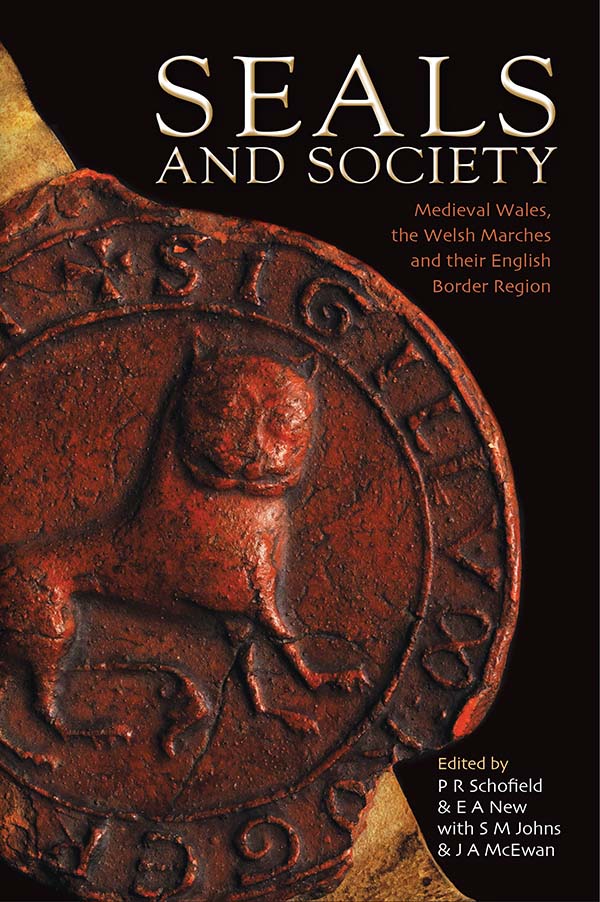Seals and Society
Medieval Wales, the Welsh Marches and their English Border Region
Author(s) Phillipp R. Schofield,John McEwan,Elizabeth New,Sue Johns
Language: English
Genre(s): Medieval, Welsh Interest, History
- June 2016 · 352 pages ·234x156mm
- · Hardback - 9781783168712
- · eBook - pdf - 9781783168729
- · eBook - epub - 9781783168736
- · Paperback - 9781783168750
Seals and Society arises from a major project investigating seals and their use in medieval Wales, the Welsh March and neighbouring counties in England. The first major study of seals in the context of one part of medieval Western European society, the volume also offers a new perspective on the history of medieval Wales and its periphery by addressing a variety of themes in terms of the insight that seals can offer the historian. Though the present study suggests important regional distinctions in the take-up of seals in medieval Wales, it is also clear that seal usage increased from the later twelfth century and spread widely in Welsh society, especially in those parts of Wales neighbouring England or where there had been an early English incursion. Through a series of chapters, the authors examine the ways in which seals can shed light on the legal, administrative, social and economic history of the period in Wales and its border region. Seals provide unique insights into the choices individuals, men and women, made in representing themselves to the wider world, and this issue is examined closely. Supported by almost 100 images gathered by the project team, the volume is of great interest to those working on seals, their motifs, their use and developments in their usage over the high and later Middle Ages.
Introduction
Elizabeth A. New and Phillipp R. Schofield
Chapter 1: Seals in medieval Wales and its neighbouring counties: trends in motifs
John McEwan
Chapter 2. Seals: administration and law
Phillipp R. Schofield
Chapter 3. Seals and exchange
Phillipp R. Schofield
Chapter 4: Ecclesiastical Seals
Elizabeth A. New
Chapter 5: Seals and lordship
Susan M. Johns
Chapter 6: Seals, women and identity
Susan M. Johns
Chapter 7: Seals as expressions of identity
Elizabeth A. New
Conclusion
Elizabeth A. New and Phillipp R. Schofield
Appendix
Elizabeth A. New, John McEwan and Phillipp R. Schofield
Bibliography


